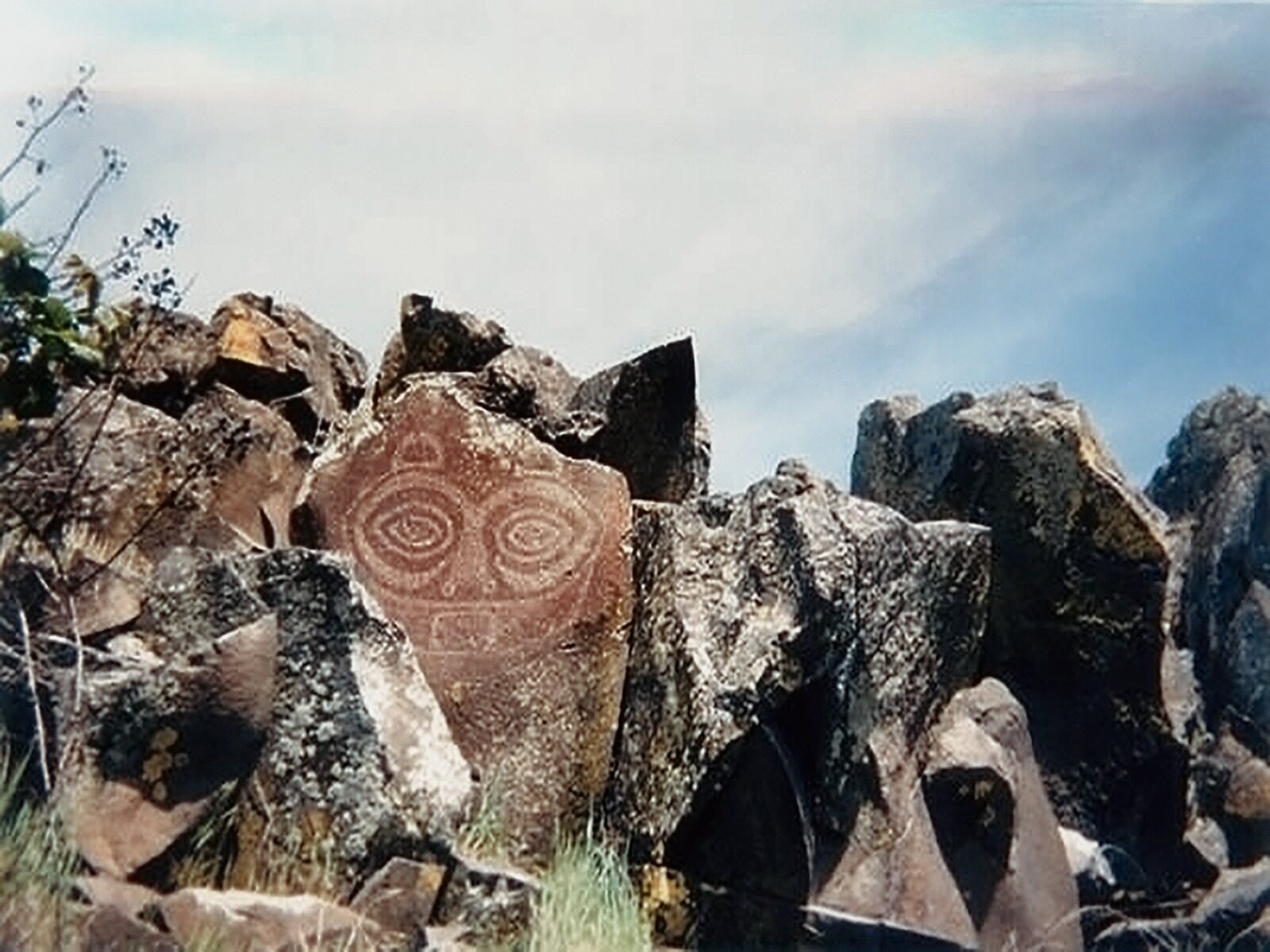Secrets Of Oregon’s Ancient Petroglyphs

Have you ever wondered about the stories hidden in ancient rock carvings? Oregon's petroglyphs offer a fascinating glimpse into the lives of Native American tribes who lived there thousands of years ago. These carvings, etched into rocks and cliffs, depict animals, human figures, and mysterious symbols. Visiting these sites feels like stepping back in time. Imagine standing where ancient artists once stood, using simple tools to create lasting art. Some of the best places to see these carvings include the Columbia River Gorge and the Hart Mountain National Antelope Refuge. Ready to learn more about these incredible historical treasures? Let's dive into the secrets of Oregon's ancient petroglyphs.
Discovering Oregon's Ancient Petroglyphs
Oregon's ancient petroglyphs offer a fascinating glimpse into the past. These rock carvings, etched by indigenous peoples, tell stories of their lives, beliefs, and surroundings. Let's explore some of the most intriguing petroglyph sites in Oregon.
1. Columbia Hills State Park
Columbia Hills State Park, located along the Columbia River, is home to some of the most well-preserved petroglyphs in the region. The park's rock art includes images of animals, human figures, and abstract designs.
- Tsagaglalal (She Who Watches): This iconic petroglyph depicts a female figure with large eyes, believed to be a guardian spirit.
- Horsethief Lake: A short hike leads to a collection of petroglyphs featuring intricate patterns and symbols.
2. Petroglyph Lake
Petroglyph Lake, situated in the Hart Mountain National Antelope Refuge, offers a remote and serene setting for viewing ancient rock art. The petroglyphs here are thought to be thousands of years old.
- Animal Figures: Carvings of bighorn sheep, deer, and other wildlife are common.
- Geometric Patterns: Intricate designs and shapes adorn the rocks, showcasing the artistic skills of the ancient inhabitants.
3. Picture Rock Pass
Picture Rock Pass, located in the Fremont-Winema National Forest, is another significant site for petroglyph enthusiasts. The carvings here are believed to date back over 7,000 years.
- Human Figures: Depictions of human-like figures engaged in various activities can be seen.
- Abstract Symbols: Mysterious symbols and shapes that may have held spiritual or cultural significance.
4. Lake Abert
Lake Abert, in south-central Oregon, is surrounded by cliffs adorned with ancient petroglyphs. This site offers a unique combination of natural beauty and historical intrigue.
- Birds and Animals: Carvings of birds, fish, and other animals are prevalent.
- Spirals and Circles: Common motifs that may represent the cycles of life or celestial events.
5. Petroglyph Point
Petroglyph Point, part of the Lava Beds National Monument, is one of the largest petroglyph sites in North America. The carvings here are thought to be over 6,000 years old.
- Human and Animal Figures: Detailed carvings of people and animals, including deer and snakes.
- Abstract Designs: Complex patterns and shapes that continue to intrigue researchers.
6. Three Rivers Petroglyph Site
Three Rivers Petroglyph Site, located near the Oregon-Nevada border, boasts a vast collection of rock art. The site features over 21,000 petroglyphs, making it one of the most extensive in the region.
- Anthropomorphic Figures: Human-like figures with exaggerated features.
- Solar Symbols: Carvings that may represent the sun, stars, or other celestial bodies.
7. Alvord Desert
The Alvord Desert, a remote and arid region in southeastern Oregon, is home to several lesser-known petroglyph sites. The stark landscape provides a dramatic backdrop for these ancient carvings.
- Animal Tracks: Petroglyphs depicting animal footprints and tracks.
- Mystical Symbols: Enigmatic symbols that hint at the spiritual beliefs of the ancient inhabitants.
8. Owyhee Canyonlands
Owyhee Canyonlands, a rugged and remote area in eastern Oregon, offers a treasure trove of petroglyphs. The canyon walls are adorned with carvings that date back thousands of years.
- Hunting Scenes: Depictions of hunting activities, including bow and arrow use.
- Shamanic Figures: Carvings that may represent shamans or spiritual leaders.
9. Steens Mountain
Steens Mountain, a prominent feature in southeastern Oregon, is home to several petroglyph sites. The mountain's rocky outcrops provide a canvas for ancient artists.
- Animal Carvings: Images of bison, elk, and other wildlife.
- Geometric Patterns: Intricate designs that showcase the creativity of the ancient carvers.
10. Fort Rock Cave
Fort Rock Cave, located in central Oregon, is not only an archaeological site but also home to several petroglyphs. The cave's walls bear witness to the artistic expressions of its ancient inhabitants.
- Human Figures: Carvings of people engaged in daily activities.
- Abstract Designs: Mysterious symbols that continue to puzzle researchers.
Discovering Oregon's Ancient Petroglyphs
Oregon's ancient petroglyphs offer a fascinating glimpse into the past. These rock carvings, etched by indigenous peoples, tell stories of their lives, beliefs, and surroundings. Visiting sites like Petroglyph Point and Picture Rock Pass provides a unique opportunity to connect with history. The intricate designs and symbols carved into the rocks are not just art; they are a testament to the rich cultural heritage of the region.
Exploring these petroglyphs can be a rewarding experience for history buffs, nature lovers, and anyone curious about the past. Remember to respect these ancient sites by not touching or defacing the carvings. Take only photographs and leave only footprints. By preserving these treasures, we ensure that future generations can also appreciate the stories etched in stone. So, next time you're in Oregon, make sure to add a petroglyph site to your itinerary.

